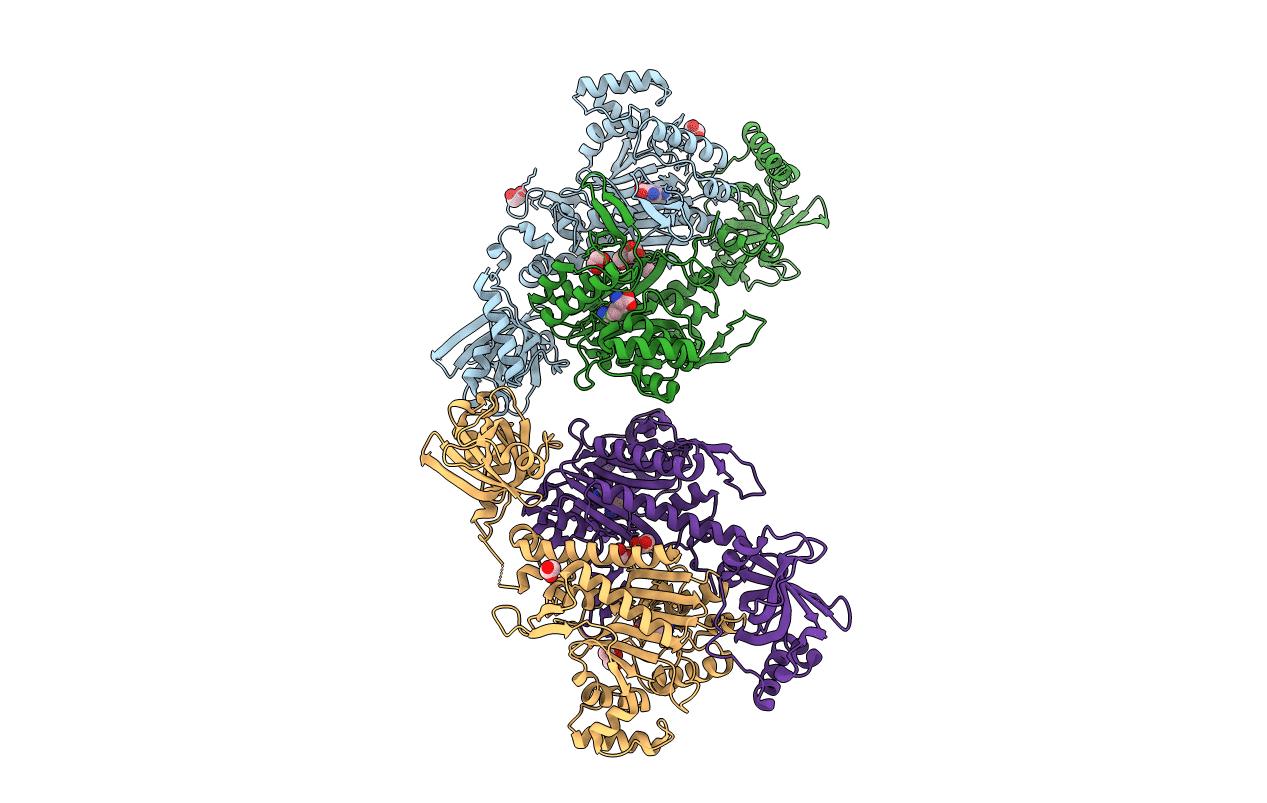
Deposition Date
2015-11-04
Release Date
2016-11-16
Last Version Date
2023-09-27
Entry Detail
PDB ID:
5ELN
Keywords:
Title:
Crystal Structure of Lysyl-tRNA Synthetase from Cryptosporidium parvum complexed with L-lysine
Biological Source:
Source Organism:
Cryptosporidium parvum (strain Iowa II) (Taxon ID: 353152)
Host Organism:
Method Details:
Experimental Method:
Resolution:
1.90 Å
R-Value Free:
0.19
R-Value Work:
0.15
R-Value Observed:
0.15
Space Group:
P 1 21 1


